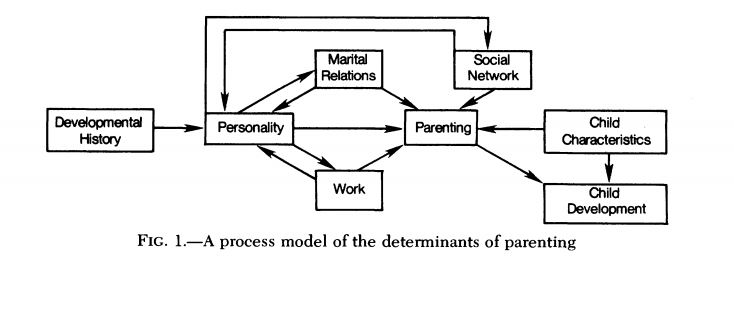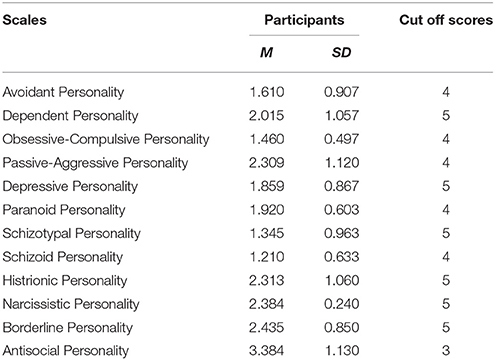

A good example is the Aka hunter-gatherer community in the Central African Republic. Yet their children have close, well-attached relationships with them and also learn to control their feelings and manage social relationships. However, in many societies, fathers don’t do roughhouse play. Fathers behave differently in some cultures This type of play is considered to be a pathway both to child-father attachment and to helping children regulate their emotions and social relationships. Research into European and European-American families ascribes an important role to the kind of roughhouse play that is prevalent between Western fathers and their young children. Roughhousing with dad is important for child developmentĬultural variations in play practices – and their impact – are prominent around children’s interactions with their fathers. They speak, for example, to the debate that pits didactic, instructional children’s education against approaches that focus on active self-education. They offer significant contributions to contemporary thinking about how children learn best. These traditional approaches to learning-by-doing or imitating adults are important.

For example, a study of Baka foragers in the Republic of Cameroon recorded 85 different types of play by young children, including hunting (making a trap), gathering (insect collecting) fishing (with baskets), playing house (play cooking with inedible materials) and creating clothes (making eyeglasses out of vines). In many agrarian or foraging societies, children learn subsistence skills and domestic tasks though early participation in these activities via a combination of work and play. Mothers in Papua New Guinea say that children learn through work, not play. Such attitudes, which are also found in other cultures, contrast sharply with the highly involved practices of ‘helicopter parents’ and ‘tiger moms’. They are amused at the suggestion of playing with young children. In our global review of evidence, we found that mothers in a Mayan community in Guatemala see play as perfunctory to childhood development. Non-Western cultures have different attitudes Who plays with children also varies considerably – be it mothers, fathers, siblings or others – and so does the importance that play may have in building relationships, particularly in securing child-parent attachment. Given childhood play’s perceived role in laying the foundations for lifelong economic success, it’s highly valued in these societies.Įlsewhere, however, play has different forms, functions, prevalence and significance. This research emphasises play’s role during the early years in developing cognitive, social and emotional skills, and in preparing children for school and for operating in technology-based societies. Narrow cultural focus of play researchĬontemporary thinking about play is largely based on research in European and European-American middle-class families. Be sure to recognise the cultural limitations of existing evidence. Avoid one-size-fits-all prescriptions and universal theories for child development, parenting and education. We’re even further from proving the primacy of any particular approach. Third, given play’s varied forms, many contexts and diverse attendant belief systems, we are far from sure about causal links between certain types of play and child development. Elsewhere, it can be a distant abstraction of everyday life, often taking place in fictional worlds. In some places, it’s a highly practical imitation of adult work. Second, the childhood practice of play differs greatly. Recognise the cultural limitations of existing evidence.” Avoid universal theories for child development. In others, it’s viewed merely as an incidental activity. In some, it’s considered a pivotal building block.


First, play has greatly varied significance for child development across cultures. Three factors underscore this call for cultural humility, policy diversity and academic scepticism. There are many effective pathways and practices to achieve child development, some better suited to particular cultures than others. Our knowledge about play should sound a loud warning to policy makers, educators and parents: don’t presume that there are single pathways to optimal child development or that one culture’s practice – particularly the West’s – is best. Diverse beliefs, practices and purposes of children’s play in different cultures call for skepticism that Euro-American approaches to child development are best everywhere.


 0 kommentar(er)
0 kommentar(er)
